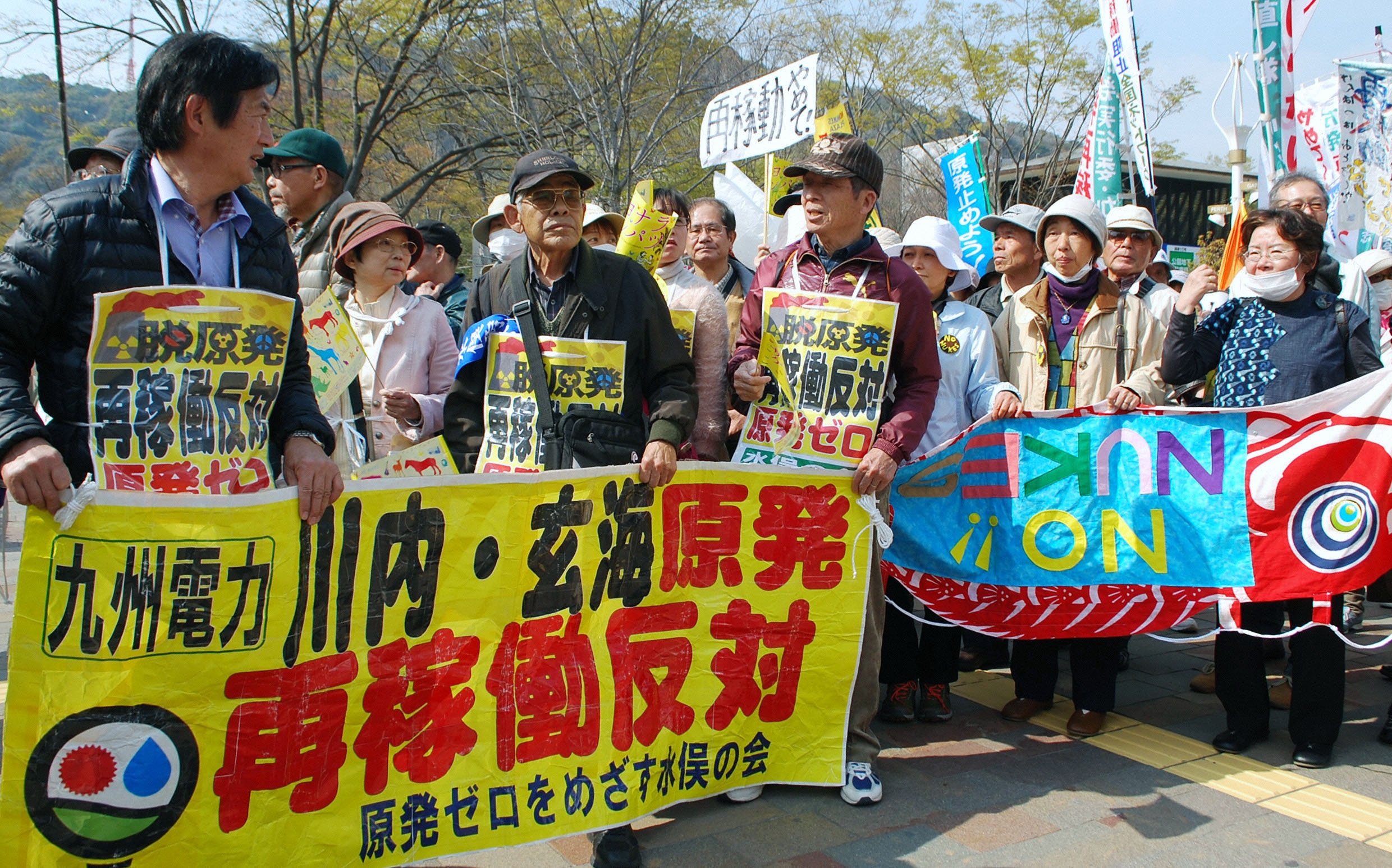The magnitude-9 earthquake and tsunami that hit Japan on March 11, 2011, devastated the northeast, killing more than 15,000 people and causing level 7 meltdowns at three reactors at the Fukushima No. 1 nuclear power plant. Observers believed the sheer size of the catastrophe and its subsequent effects provided the country with an opportunity to reform and turn the page on two decades of political, social and economic crisis. In his 2013 book “3.11: Disaster and Change in Japan,” Richard Samuels, director of the MIT Japan Program, chronicles the 18 months that followed the disaster and explains why this opportunity for change wasn’t followed by substantial progress. Here, Samuels expands on some of the issues he examined in his book:
Your book was published on the second anniversary of 3/11, and you actually submitted your manuscript in 2012. Considering what's happened in Japan since the book has come out, would you write the same book now?
In certain areas there have been more changes than I had first observed, particularly in the energy sector, where it seems there's going to be major restructuring. Really large vertically integrated utilities are going to be broken up, at least to a certain degree, in favor of smaller and smarter utilities. We will see nuclear power return, but nothing like the ambitious plans the government initially had. Secondly, the regulatory body seems to have more traction than anybody expected.



